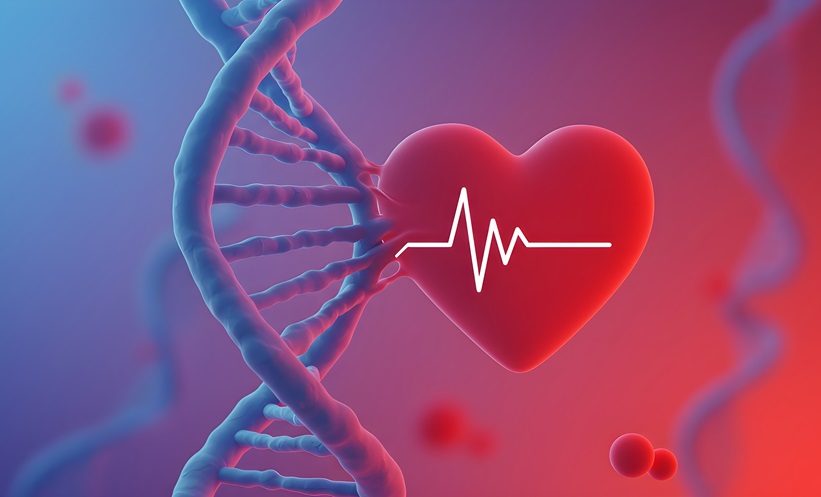INSIGHTS into the causes of heart failure with preserved ejection fraction could help identify people at risk of developing the condition early and lead to creation of new treatments for it. The study, conducted by an international team including scientists from Karolinska Institutet, Solna, Sweden and AstraZeneca, Cambridge, UK, found that microvascular dysfunction can be a critical underlying disease mechanism in patients with this form of heart failure.
“Future Targeted Therapies”
“Being able to identify patients with heart failure with preserved ejection fraction is not only key to improving patient outcomes through early diagnosis but also for us to understand the causal mechanisms underlying the disease so we can develop future targeted therapies,” commented Prof Li-Ming Gan, Senior Medical Director, IMED Biotech Unit, AstraZeneca.
There is currently limited understanding of how heart failure in which pumping capacity is preserved (preserved ejection fraction) is caused, meaning there is a lack of scientifically proven treatments. In this new research, the team showed that a disease called microvascular dysfunction was present in 75% of more than 200 patients with heart failure with preserved ejection fraction. This suggests that microvascular dysfunction can be an important cause of the condition, which is one of the two main forms of heart failure.
“The results will be useful in identifying patients at risk of developing the disease, but above all they’ll make an essential contribution to the development of drugs for patients with heart failure with preserved ejection fraction,” said Prof Lars Lund, Karolinska Institutet.
Innovative Technique
The team utilised an innovative coronary imaging protocol, which tests the ability of the coronary artery to increase its blood flow in a patient-friendly and cost-effective manner, to help make their findings. Traditional imaging was also used to generate an overall picture of the patients’ heart structure and function.
Microvascular dysfunction, also known as small vessel disease, occurs when there is damage to the endothelium coating the inside of the blood vessels; because the blood vessels cannot function properly, there can be adverse changes in the heart muscle. No signs of narrowing or plaque in the coronary arteries can be picked up in radiographs.
EMJ Cardiology
The research was presented at this year’s European Society of Cardiology (ESC) Congress, a review of which will be published shortly in the upcoming edition of the EMJ Cardiology eJournal.
James Coker, Reporter
For the source and further information about the study, click here.







